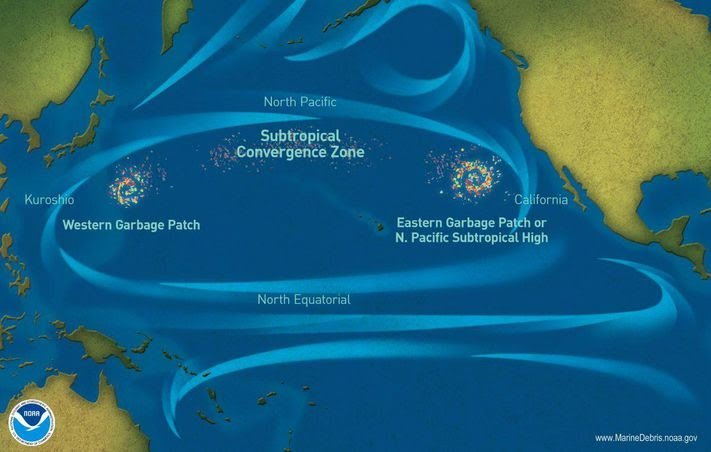Implanta seu sistema de US $ 20 milhões projetado para limpar os 1,8 trilhões de pedaços de lixo flutuando no Great Pacific Garbage Patch.

O sistema de lança flutuante foi implantado no sábado (15) a partir de San Francisco Bay e passará por várias semanas de testes antes de ser colocado em ação.
O sistema foi projetado pela organização sem fins lucrativos Ocean Cleanup, fundada em 2013 pelo inventor holandês Boya
n Slat, de 18 anos. Sua missão é desenvolver “tecnologias avançadas para livrar os oceanos do plástico”.
Estima-se que o sistema de lança flutuante, com a ajuda de dezenas de mais booms, limpe metade da Grande Mancha de Lixo do Pacífico nos primeiros cinco anos.
Cada boom vai prender até 150.000 libras de plástico por ano enquanto flutuam ao longo das correntes entre a Califórnia e o Havaí.
The Great Pacific Garbage Patch is a vortex of trash created from an ocean gyre in the central North Pacific. The trash vortex was discovered in the mid-1980s and lies halfway between Hawaii and California.

The garbage patch is so large, it is easily detectable from space via satellites and covers roughly 1.6 million square kilometers and 1.8 trillion pieces of debris. The trash is collected and trapped within a circulating ocean current, called a gyre. This prevents the distribution of the garbage patch, a benefit when creating a system to collect the plastic.
The floating boom system, after undergoing testing, will be towed out 1,400 miles to the garbage patch around mid-October and begin collecting trash. The floating boom drifts along with the local currents, creating a U-shaped formation. As the boom floats, it collects trash in the U shaped system, which has 10 feet of netting below it to collect smaller fragments of plastic. Once the boom is full, a vessel will meet the boom to collect the plastic and transport it to land for sorting and recycling.
The idea is that the 10 feet of netting is not deep enough that fish can’t swim below it, with the hope that the boom will collect trash and not fish. However, this is something that remains to be seen in the open ocean.
While the organization has ambitious plans and the technology still remains unproven in the open ocean, they are the closest to a solution to cleaning up the garbage patch we have. No other company has a deployable system able to clean up the garbage patch on this scale.
Fonte: Forbes
